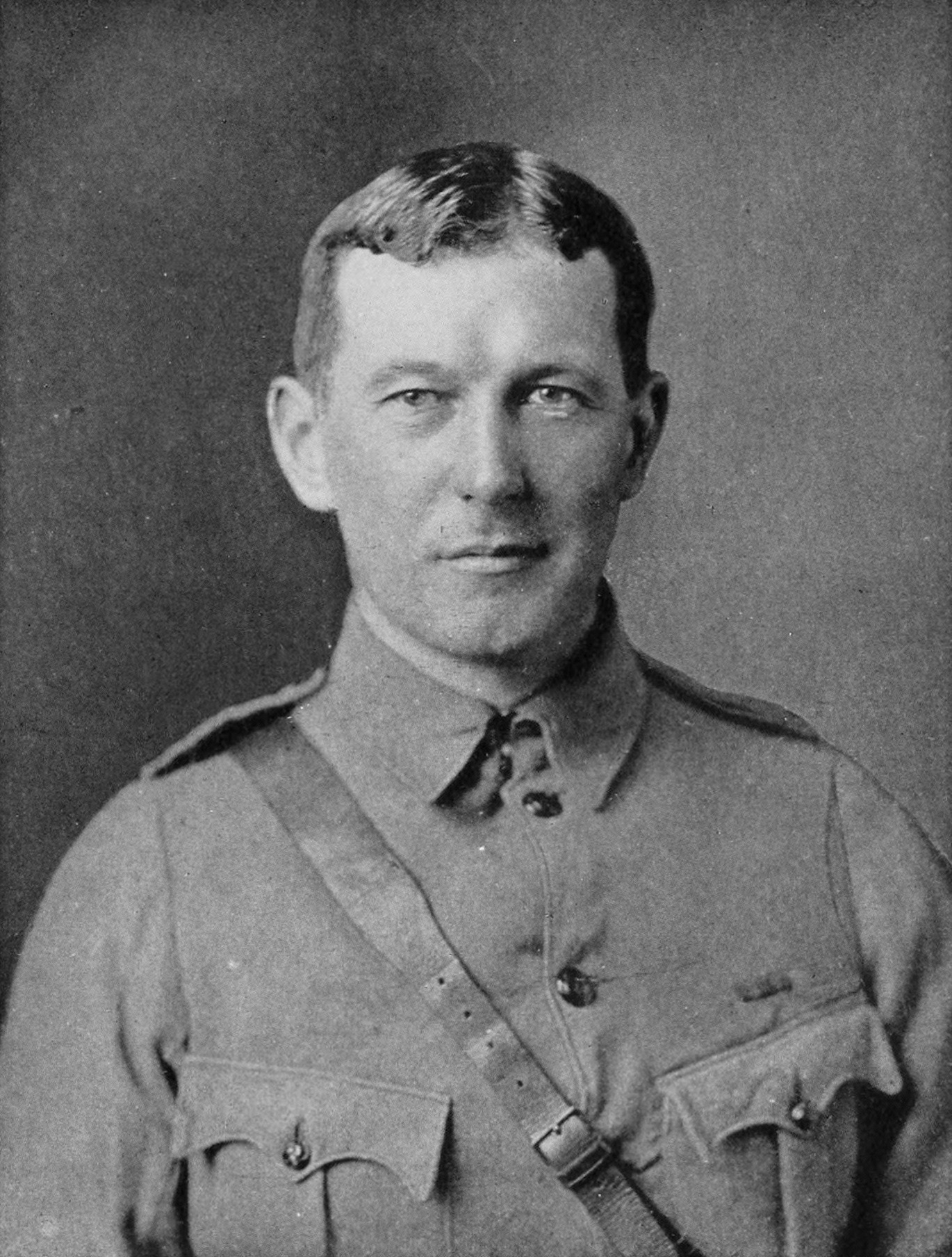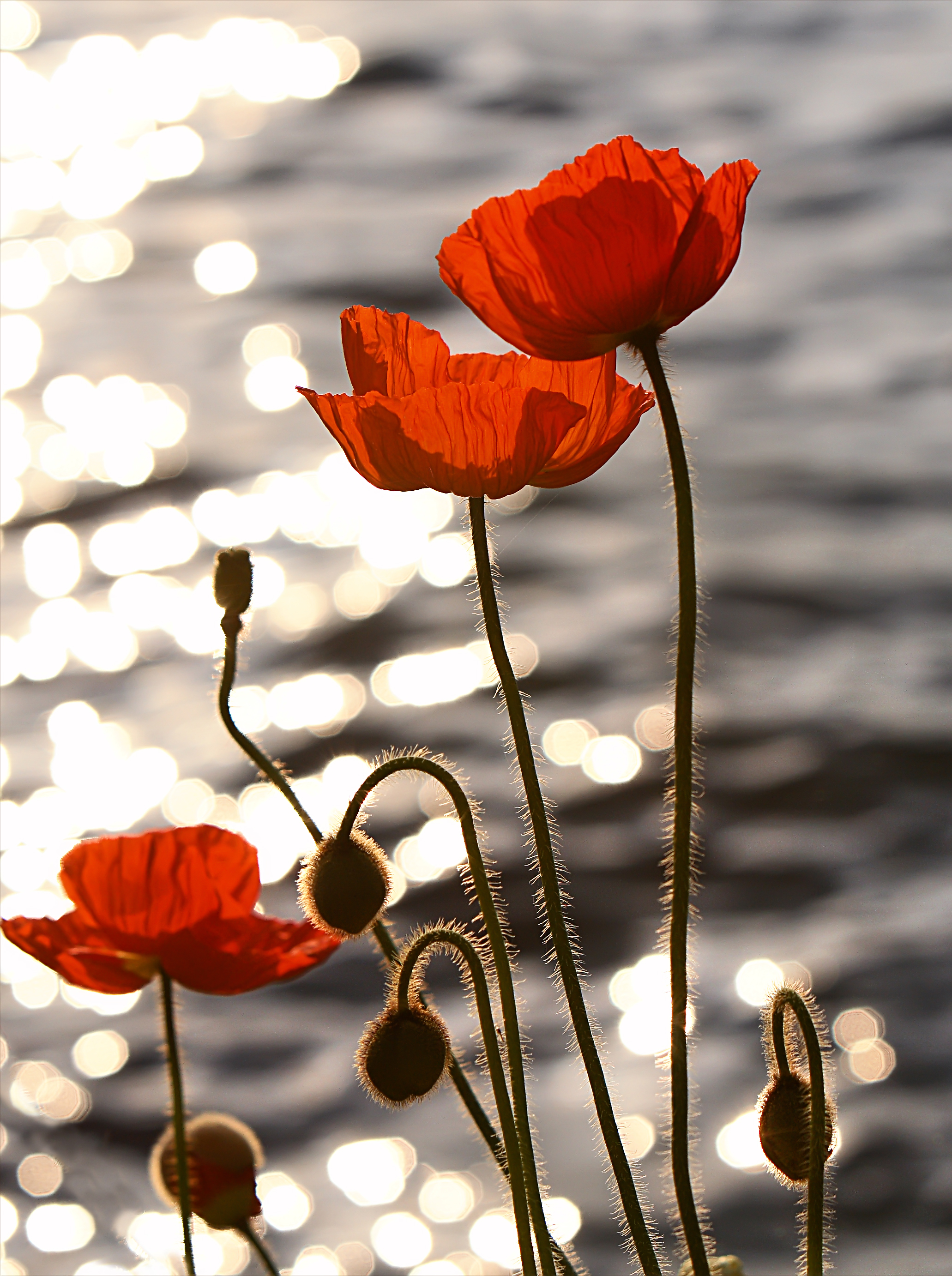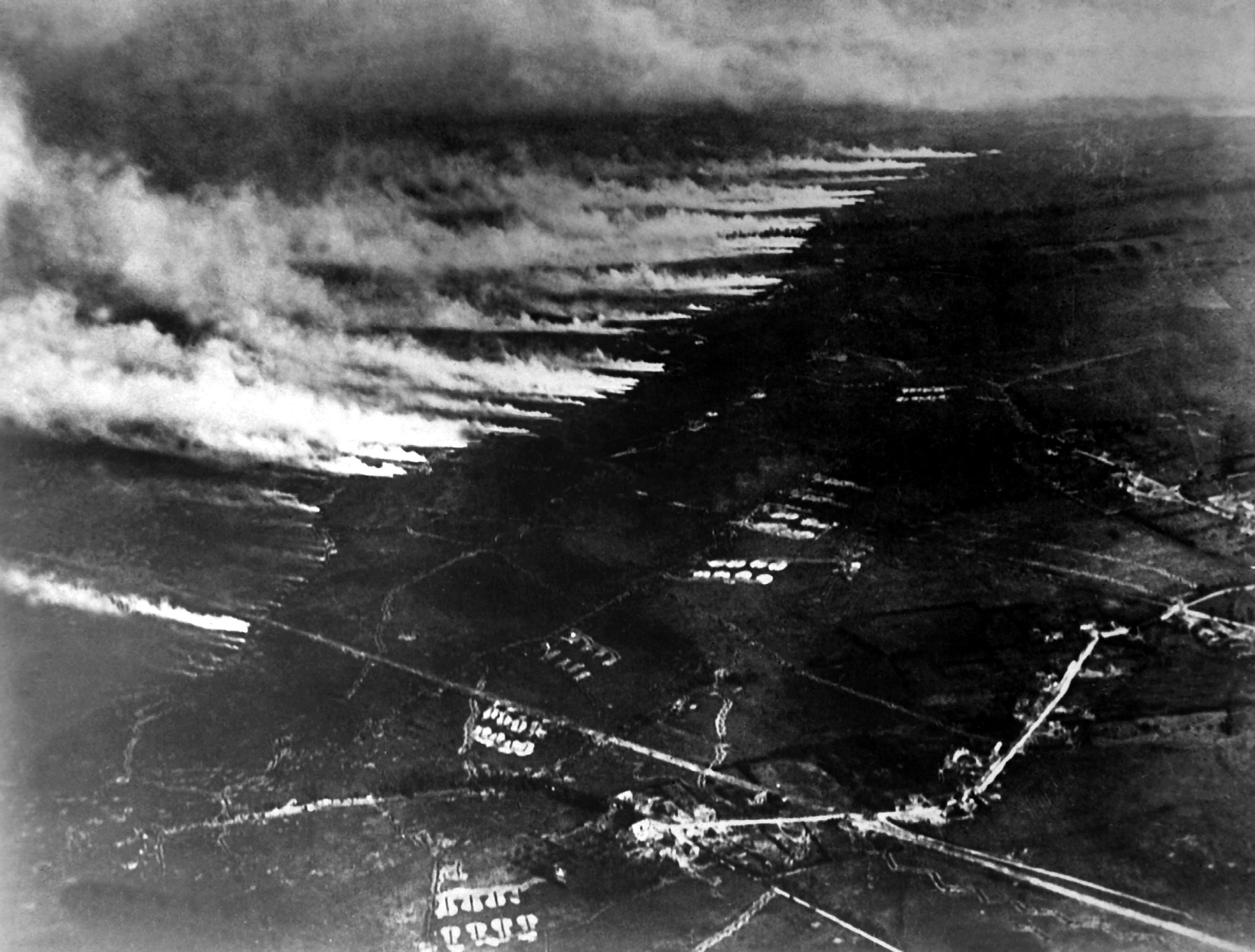|
Site John McCrae
Site John McCrae ( nl, Kanaaldijk - site John McCrae) is a World War I memorial site near Ypres, Belgium. It is named after the Canadian physician Lieutenant Colonel John McCrae, MD (1872–1918), author of the famous poem "In Flanders Fields", which he composed while serving at this site in 1915. Location Site John McCrae is located directly adjacent to the Ieperlee (Ypres Canal), about halfway in between the centre of Ypres and the centre of Boezinge, about 2.5 km from each. The memorial site is set in between Diksmuidseweg (N369) in the west and the Ieperlee in the east, and can - for the purpose of orientation - be roughly divided into four sections: The south-west of the site is now occupied by the Essex Farm CWGC Cemetery. The north-western quarter is privately used as farmland, while the north-east and south-east are partially wooded and dominated by the artificially constructed earthen ridge of the embankment, which runs parallel to the Ieperlee. In the centre of the ... [...More Info...] [...Related Items...] OR: [Wikipedia] [Google] [Baidu] |
Ypres
Ypres ( , ; nl, Ieper ; vls, Yper; german: Ypern ) is a Belgian city and municipality in the province of West Flanders. Though the Dutch name is the official one, the city's French name is most commonly used in English. The municipality comprises the city of Ypres/Ieper and the villages of Boezinge, Brielen, Dikkebus, Elverdinge, Hollebeke, Sint-Jan, Vlamertinge, Voormezele, Zillebeke, and Zuidschote. Together, they are home to about 34,900 inhabitants. During the First World War, Ypres (or "Wipers" as it was commonly known by the British troops) was the centre of the Battles of Ypres between German and Allied forces. History Origins before First World War Ypres is an ancient town, known to have been raided by the Romans in the first century BC. It is first mentioned by name in 1066 and is probably named after the river Ieperlee on the banks of which it was founded. During the Middle Ages, Ypres was a prosperous Flemish city with a population of 40,000 in 1200 AD, renow ... [...More Info...] [...Related Items...] OR: [Wikipedia] [Google] [Baidu] |
Yser Front
The Yser Front (french: Front de l'Yser, nl, Front aan de IJzer or ), sometimes termed the West Flemish Front in British writing, was a section of the Western Front during World War I held by Belgian troops from October 1914 until 1918. The front ran along the Yser river (IJzer) and Yser Canal (Ieperlee) in the far north-west of Belgium and defended a small strip of the country which remained unoccupied. The front was established following the Battle of the Yser in October 1914, when the Belgian army succeeded in stopping the German advance after months of retreat and remained largely static for the duration of the war. Background During the early campaigns of 1914, the Belgian army had been pushed out of the fortified cities of Liège, Namur and Antwerp by the German advance. Although they succeeded in delaying the Germans at some actions, they were forced to withdraw, first to Antwerp, and into the far north-west of Belgium. By October 1914, the Belgian forces were holding a p ... [...More Info...] [...Related Items...] OR: [Wikipedia] [Google] [Baidu] |
War Cemetery
A war grave is a burial place for members of the armed forces or civilians who died during military campaigns or operations. Definition The term "war grave" does not only apply to graves: ships sunk during wartime are often considered to be war graves, as are military aircraft that crash into water; this is particularly true if crewmen perished inside the vehicle. Classification of a war grave is not limited to the occupier's death in combat but includes military personnel who die while in active service: for example, during the Crimean War, more military personnel died of disease than as a result of enemy action. A common difference between cemeteries of war graves and those of civilian peacetime graves is the uniformity of those interred. They generally died during a relatively short period, in a small geographic area and consist of service members from the few military units involved. When it comes to the two World Wars, the large number of casualties means that the war g ... [...More Info...] [...Related Items...] OR: [Wikipedia] [Google] [Baidu] |
Commonwealth War Graves Commission
The Commonwealth War Graves Commission (CWGC) is an intergovernmental organisation of six independent member states whose principal function is to mark, record and maintain the graves and places of commemoration of Commonwealth of Nations military service members who died in the two World Wars. The commission is also responsible for commemorating Commonwealth civilians who died as a result of enemy action during the Second World War. The commission was founded by Fabian Ware, Sir Fabian Ware and constituted through Royal Charter in 1917 as the Imperial War Graves Commission. The change to the present name took place in 1960. The commission, as part of its mandate, is responsible for commemorating all Commonwealth war dead individually and equally. To this end, the war dead are commemorated by a name on a headstone, at an identified site of a burial, or on a memorial. War dead are commemorated uniformly and equally, irrespective of military or civil rank, race or creed. The co ... [...More Info...] [...Related Items...] OR: [Wikipedia] [Google] [Baidu] |
Ypres Kanaaldijk Site John McCrae11
Ypres ( , ; nl, Ieper ; vls, Yper; german: Ypern ) is a Belgian city and municipality in the province of West Flanders. Though the Dutch name is the official one, the city's French name is most commonly used in English. The municipality comprises the city of Ypres/Ieper and the villages of Boezinge, Brielen, Dikkebus, Elverdinge, Hollebeke, Sint-Jan, Vlamertinge, Voormezele, Zillebeke, and Zuidschote. Together, they are home to about 34,900 inhabitants. During the First World War, Ypres (or "Wipers" as it was commonly known by the British troops) was the centre of the Battles of Ypres between German and Allied forces. History Origins before First World War Ypres is an ancient town, known to have been raided by the Romans in the first century BC. It is first mentioned by name in 1066 and is probably named after the river Ieperlee on the banks of which it was founded. During the Middle Ages, Ypres was a prosperous Flemish city with a population of 40,000 in 1200 AD, reno ... [...More Info...] [...Related Items...] OR: [Wikipedia] [Google] [Baidu] |
Ypres Kanaaldijk Site John McCrae12
Ypres ( , ; nl, Ieper ; vls, Yper; german: Ypern ) is a Belgian city and municipality in the province of West Flanders. Though the Dutch name is the official one, the city's French name is most commonly used in English. The municipality comprises the city of Ypres/Ieper and the villages of Boezinge, Brielen, Dikkebus, Elverdinge, Hollebeke, Sint-Jan, Vlamertinge, Voormezele, Zillebeke, and Zuidschote. Together, they are home to about 34,900 inhabitants. During the First World War, Ypres (or "Wipers" as it was commonly known by the British troops) was the centre of the Battles of Ypres between German and Allied forces. History Origins before First World War Ypres is an ancient town, known to have been raided by the Romans in the first century BC. It is first mentioned by name in 1066 and is probably named after the river Ieperlee on the banks of which it was founded. During the Middle Ages, Ypres was a prosperous Flemish city with a population of 40,000 in 1200 AD, reno ... [...More Info...] [...Related Items...] OR: [Wikipedia] [Google] [Baidu] |
List Of World War I Memorials And Cemeteries In Flanders
Several war memorials and war graves have been erected in the Belgian region Flanders to memorialize the events that took place there during World War I. By the end of 1914 the Western Front ran from Nieuwpoort on the North Sea Coast to the Swiss Border. After the war, many memorials were erected in and along the area through which the front line had been. Five memorials are carillons, musical instruments of bells, which memorialize the loss of lives, cultural heritage, and bells during the war. Most of the war memorials in Flanders can be found in the Province of West Flanders (), which comprises the arrondissements of Bruges, Diksmuide, Ypres, Kortrijk, Ostend, Roeselare, Tielt and Veurne. Military cemeteries in West Flanders WW I memorials in West Flanders Yser Area There are many monuments and memorials in this sector which celebrate the Battle of the Yser and other events. These include – Ypres Salient Historical background The Ypres Salient was the site of ... [...More Info...] [...Related Items...] OR: [Wikipedia] [Google] [Baidu] |
Lozenge (shape)
A lozenge ( ; symbol: ), often referred to as a diamond, is a form of rhombus. The definition of ''lozenge'' is not strictly fixed, and the word is sometimes used simply as a synonym () for ''rhombus''. Most often, though, lozenge refers to a thin rhombus—a rhombus with two acute and two obtuse angles, especially one with acute angles of 45°. The lozenge shape is often used in parquetry (with acute angles that are 360°/''n'' with ''n'' being an integer higher than 4, because they can be used to form a set of tiles of the same shape and size, reusable to cover the plane in various geometric patterns as the result of a tiling process called tessellation in mathematics) and as decoration on ceramics, silverware and textiles. It also features in heraldry and playing cards. Symbolism The lozenge motif dates from the Neolithic and Paleolithic period in Eastern Europe and represents a sown field and female fertility. The ancient lozenge pattern often shows up in Diamond vault ... [...More Info...] [...Related Items...] OR: [Wikipedia] [Google] [Baidu] |
Poppy
A poppy is a flowering plant in the subfamily Papaveroideae of the family Papaveraceae. Poppies are herbaceous plants, often grown for their colourful flowers. One species of poppy, ''Papaver somniferum'', is the source of the narcotic drug opium which contains powerful medicinal alkaloids such as morphine and has been used since ancient times as an analgesic and narcotic medicine, medicinal and recreational drug. It also produces Poppy seed, edible seeds. Following the trench warfare in the poppy fields of Flanders, Belgium during World War I, poppies have become a symbol of Remembrance Day, remembrance of soldiers who have died during wartime, especially in the UK, Canada, Australia, New Zealand and other Commonwealth realms. Description Poppies are herbaceous plant, herbaceous Annual plant, annual, Biennial plant, biennial or short-lived Perennial plant, perennial plants. Some species are monocarpic, dying after flowering. Poppies can be over a metre tall with flowers up to 1 ... [...More Info...] [...Related Items...] OR: [Wikipedia] [Google] [Baidu] |
Chlorine
Chlorine is a chemical element with the Symbol (chemistry), symbol Cl and atomic number 17. The second-lightest of the halogens, it appears between fluorine and bromine in the periodic table and its properties are mostly intermediate between them. Chlorine is a yellow-green gas at room temperature. It is an extremely reactive element and a strong oxidising agent: among the elements, it has the highest electron affinity and the third-highest electronegativity on the revised Electronegativity#Pauling electronegativity, Pauling scale, behind only oxygen and fluorine. Chlorine played an important role in the experiments conducted by medieval Alchemy, alchemists, which commonly involved the heating of chloride Salt (chemistry), salts like ammonium chloride (sal ammoniac) and sodium chloride (common salt), producing various chemical substances containing chlorine such as hydrogen chloride, mercury(II) chloride (corrosive sublimate), and hydrochloric acid (in the form of ). However ... [...More Info...] [...Related Items...] OR: [Wikipedia] [Google] [Baidu] |
Chemical Weapons In World War I
The use of toxic chemicals as weapons dates back thousands of years, but the first large scale use of chemical weapons was during World War I. They were primarily used to demoralize, injure, and kill entrenched defenders, against whom the indiscriminate and generally very slow-moving or static nature of gas clouds would be most effective. The types of weapons employed ranged from disabling chemicals, such as tear gas, to lethal agents like phosgene, chlorine, and mustard gas. This chemical warfare was a major component of the first global war and first total war of the 20th century. The killing capacity of gas was limited, with about 90,000 fatalities from a total of 1.3 million casualties caused by gas attacks. Gas was unlike most other weapons of the period because it was possible to develop countermeasures, such as gas masks. In the later stages of the war, as the use of gas increased, its overall effectiveness diminished. The widespread use of these agents of chemical warfar ... [...More Info...] [...Related Items...] OR: [Wikipedia] [Google] [Baidu] |
Second Battle Of Ypres
During the First World War, the Second Battle of Ypres was fought from for control of the tactically important high ground to the east and south of the Flemish town of Ypres in western Belgium. The First Battle of Ypres had been fought the previous autumn. The Second Battle of Ypres was the first mass use by Germany of poison gas on the Western Front. Background The eminent German chemist Walther Nernst, who was in the army in 1914 as a volunteer driver, saw how trenches produced deadlock. He proposed to Colonel Max Bauer, the German general staff officer responsible for liaison with scientists, that they could empty the opposing trenches by a surprise attack with tear gas. Observing a field test of this idea, the chemist Fritz Haber instead proposed using heavier-than-air chlorine gas The German commander Erich von Falkenhayn agreed to try the new weapon, but intended to use it in a diversionary attack by his 4th Army. Falkenhayn wanted to use the gas to cover the withdra ... [...More Info...] [...Related Items...] OR: [Wikipedia] [Google] [Baidu] |


_par_Georges-Émile_Lebacq.jpg)





